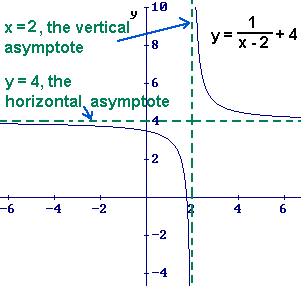We have learned previously that in order for a function to have an inverse that is also a function, it must pass the horizontal line test. In other words, that function must be one-to-one, meaning that each point in the domain of the function must correspond to a unique point in that function's range.
When examining the graph of  , or any other trigonometric function, we can see that the function is periodic, and therefore not one-to-one.
, or any other trigonometric function, we can see that the function is periodic, and therefore not one-to-one.
 , or any other trigonometric function, we can see that the function is periodic, and therefore not one-to-one.
, or any other trigonometric function, we can see that the function is periodic, and therefore not one-to-one.
The inverse of  would appear like so:
would appear like so:
 would appear like so:
would appear like so:This is not a function. However, by constraining the domain of our function to  , The graph of
, The graph of  becomes becomes one-to-one, and therefore its inverse, shown below, is also a function.
becomes becomes one-to-one, and therefore its inverse, shown below, is also a function.
 , The graph of
, The graph of  becomes becomes one-to-one, and therefore its inverse, shown below, is also a function.
becomes becomes one-to-one, and therefore its inverse, shown below, is also a function.
This is known as the inverse sine function, and is denoted by either  or
or  .
.
 or
or  .
.In the same vein, an inverse cosine function stems from the parent function  , but unlike the sine function, the domain of the cosine function is restrained to
, but unlike the sine function, the domain of the cosine function is restrained to  in order to maintain the function as one-to-one. The result is displayed below.
in order to maintain the function as one-to-one. The result is displayed below.
 , but unlike the sine function, the domain of the cosine function is restrained to
, but unlike the sine function, the domain of the cosine function is restrained to  in order to maintain the function as one-to-one. The result is displayed below.
in order to maintain the function as one-to-one. The result is displayed below.






